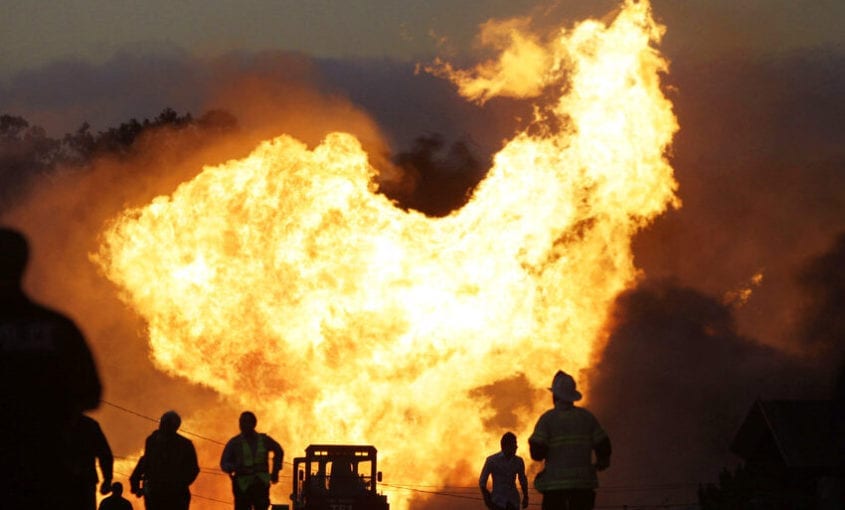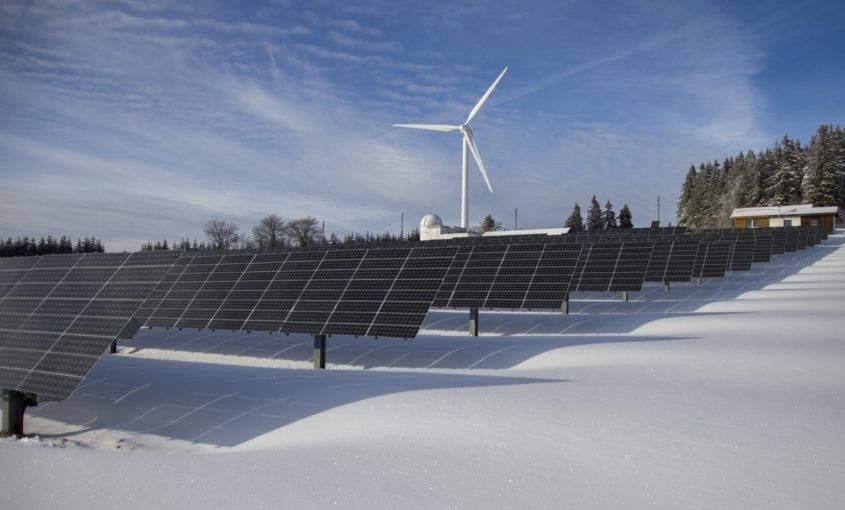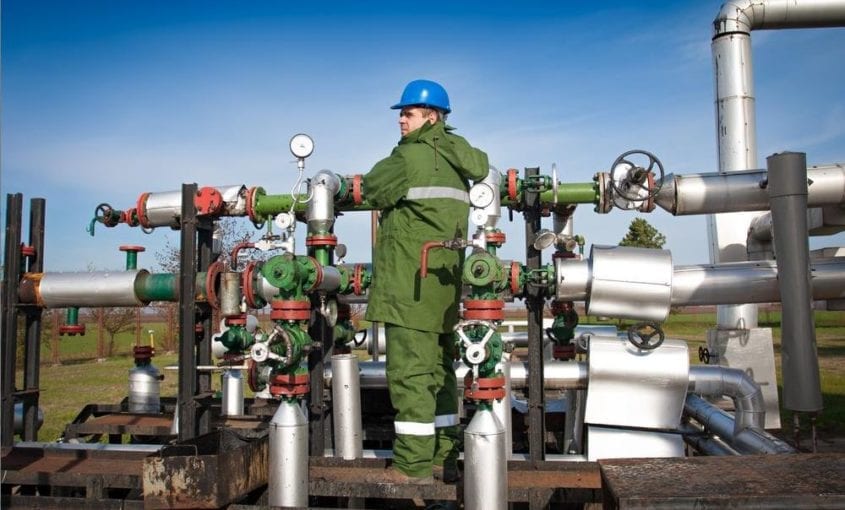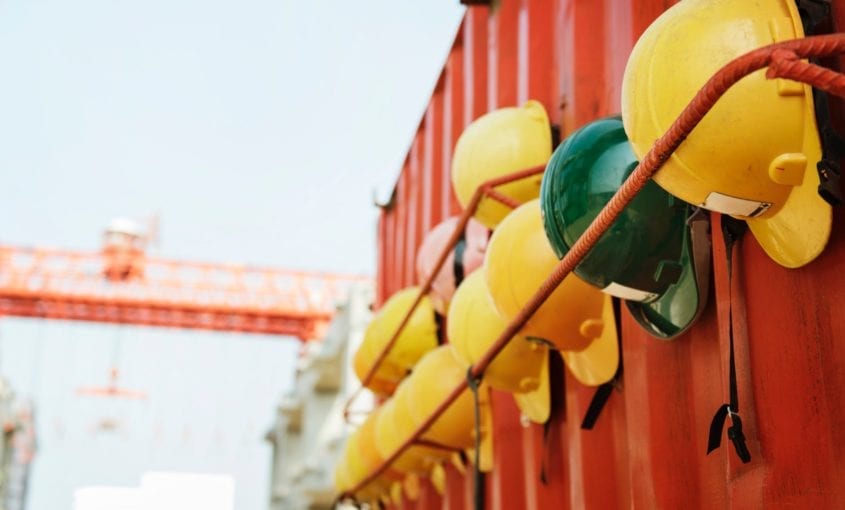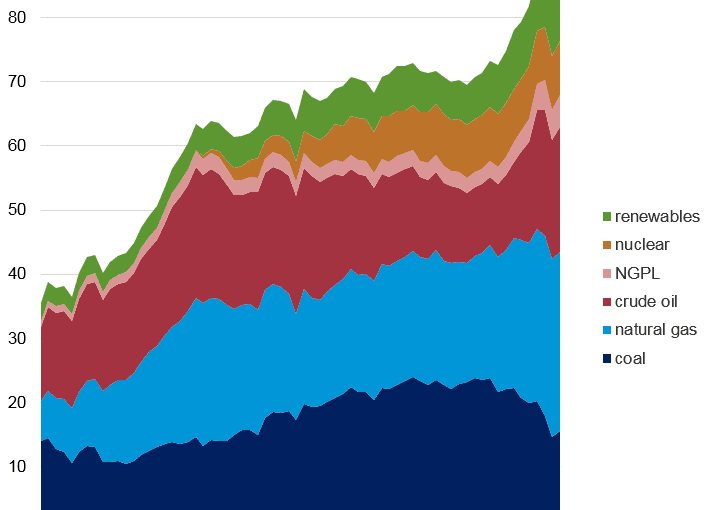Submar’s Revetment Mats Work in Every Environment
From land to water to deserts, Submar has a solution to fit your pipeline project. Our articulating concrete revetment mats are a cost-effective and long-term solution for pipeline operators across North America. Submar’s mats consist of flexible concrete elements connected by ultraviolet stabilized copolymer extruded fiber rope. The mats help with pipeline separation and erosion
Read More...


